Iceland volcano could erupt within days: Here’s what we know about evacuations, state of emergency and earthquakes
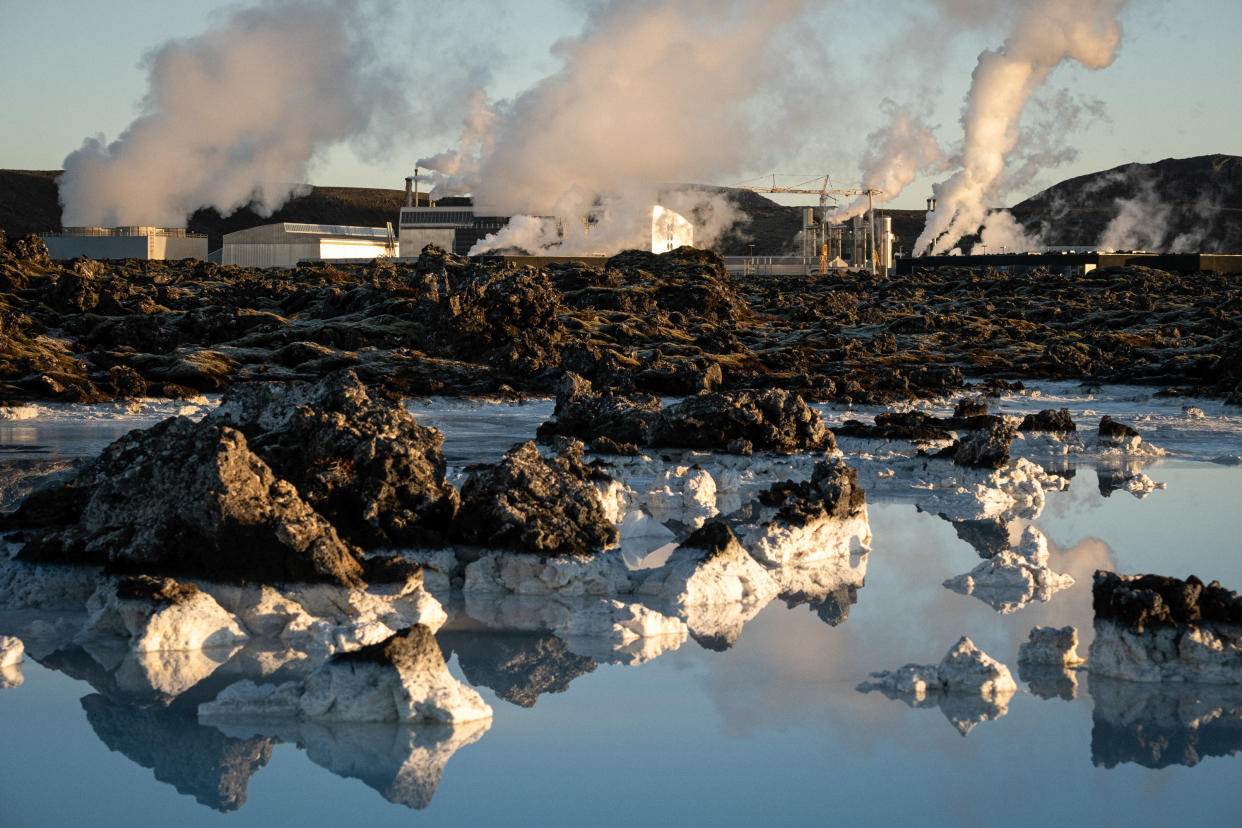
Residents of a town in Iceland evacuated their homes after a state of emergency was declared over a looming volcanic eruption. A sharp rise in seismic activity prompted authorities to vacate the 3,600 locals from the small fishing town of Grindavik over the weekend.
Thousands of earthquakes and tremors have struck the area since Nov. 10. Visitors have been told to stay away from the area, located in the southwestern peninsula, and roads have been closed off.
What's happening in Iceland?
The likelihood of an eruption in the Reykjanes Peninsula “remains high,” the Icelandic Meteorological Office said over the weekend. In just 12 hours — from midnight to midday on Tuesday — the affected area experienced over 700 earthquakes as a result of magma moving underneath the earth’s surface. The largest measured at a 3.8 magnitude; however, the majority were considered to be micro-earthquakes.
On Tuesday, authorities in Iceland began the process of building defense walls around a geothermal power plant to protect it from lava flows. The power plant provides electricity to the entire country.
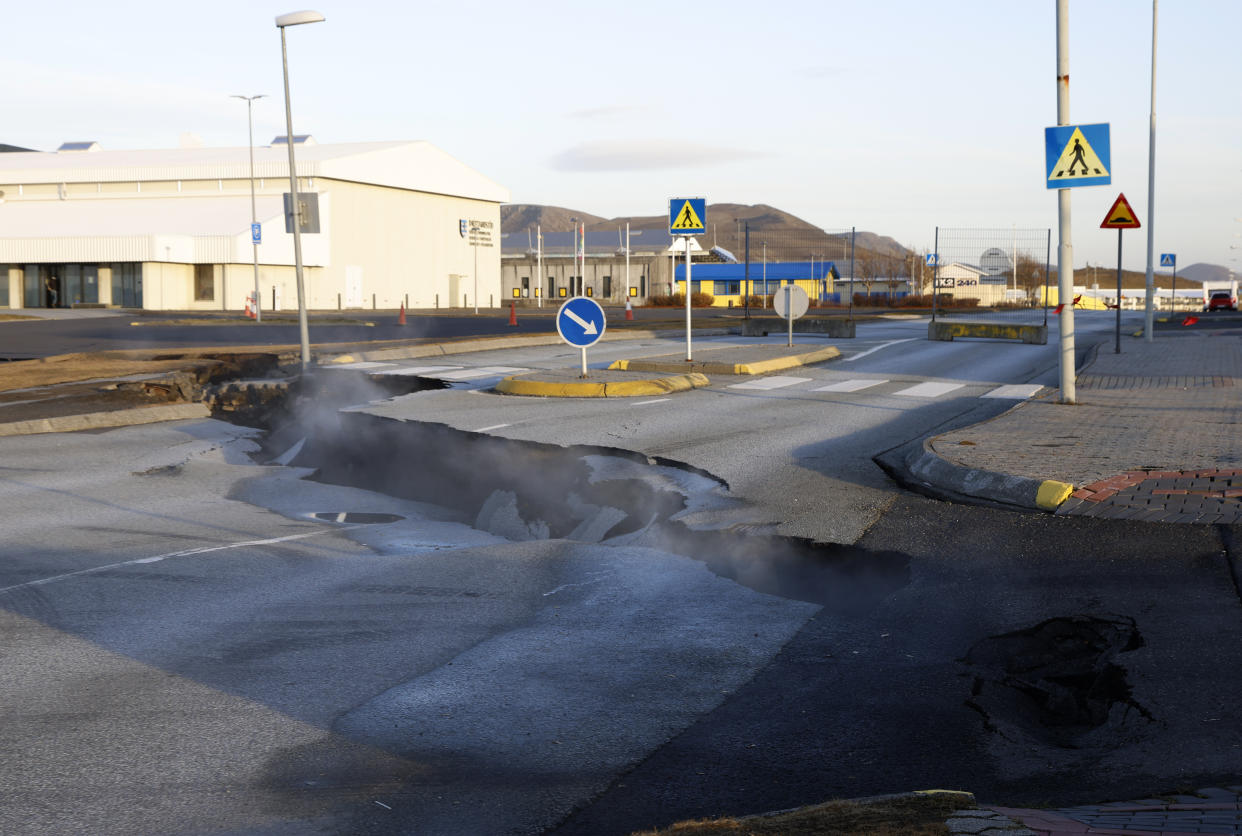
Residents were allowed to return to Grindavik for a short period on Tuesday to salvage precious belongings and collect essential items. “This is one of the biggest evacuations we’ve ever had,” Aslaug Yngvadottir Tulinius, who works at the Icelandic Red Cross, told the BBC. “It’s a huge incident. It has a great effect on all Icelanders.”
Following days of constant earthquakes, homes and roads have split and cracked — leaving some on the brink of collapse. “If you talk to Icelandic people who have lived there all their lives, they say they have never felt something like that,” local Pedrag said about the tremors that were felt over the weekend.
“The last time that an evacuation of an entire sizable settlement took place was 50 years ago, in 1973, when a volcano unexpectedly erupted on the island of Heimaey off the south coast of Iceland,” Dave McGarvie, a volcanologist researching volcano-ice interactions at Lancaster University in England, told Yahoo News.
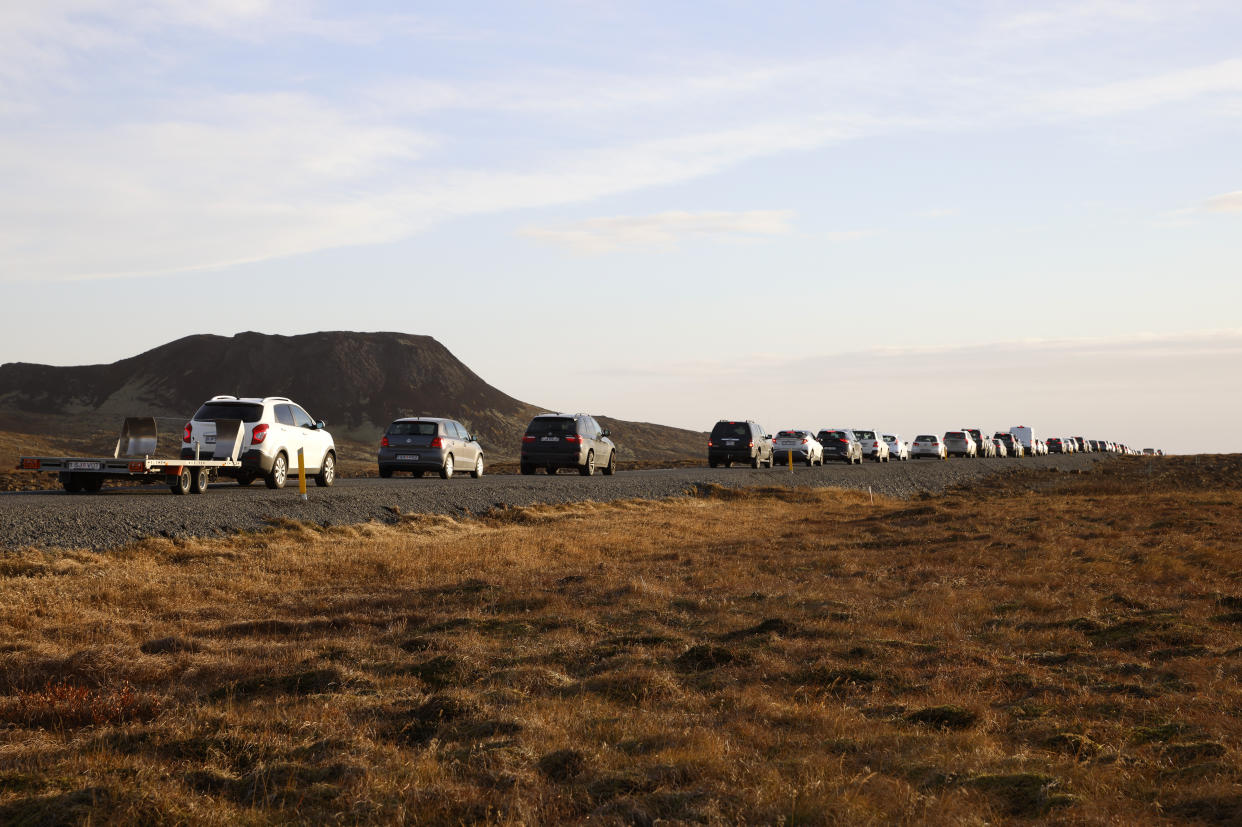
Last Friday, the Civil Protection Agency told residents that it was “clear that we are dealing with events that we Icelanders have not experienced before.” But it asked that they stay resilient. “We will face this together and we will not lose heart.”
Could the eruption be dangerous?
“In terms of danger, the obvious concern within Iceland is that an eruption occurs within the western parts of the fishing town of Grindavík,” McGarvie explained. “There is an underground magma-filled crack beneath this part of town, and if the magma reaches the surface and erupts, then it would destroy and damage several houses and other buildings.”
He added: “This is a worst-case scenario, and is not considered to be the most likely one given the current understanding of where magma is most likely to reach the surface and erupt.”
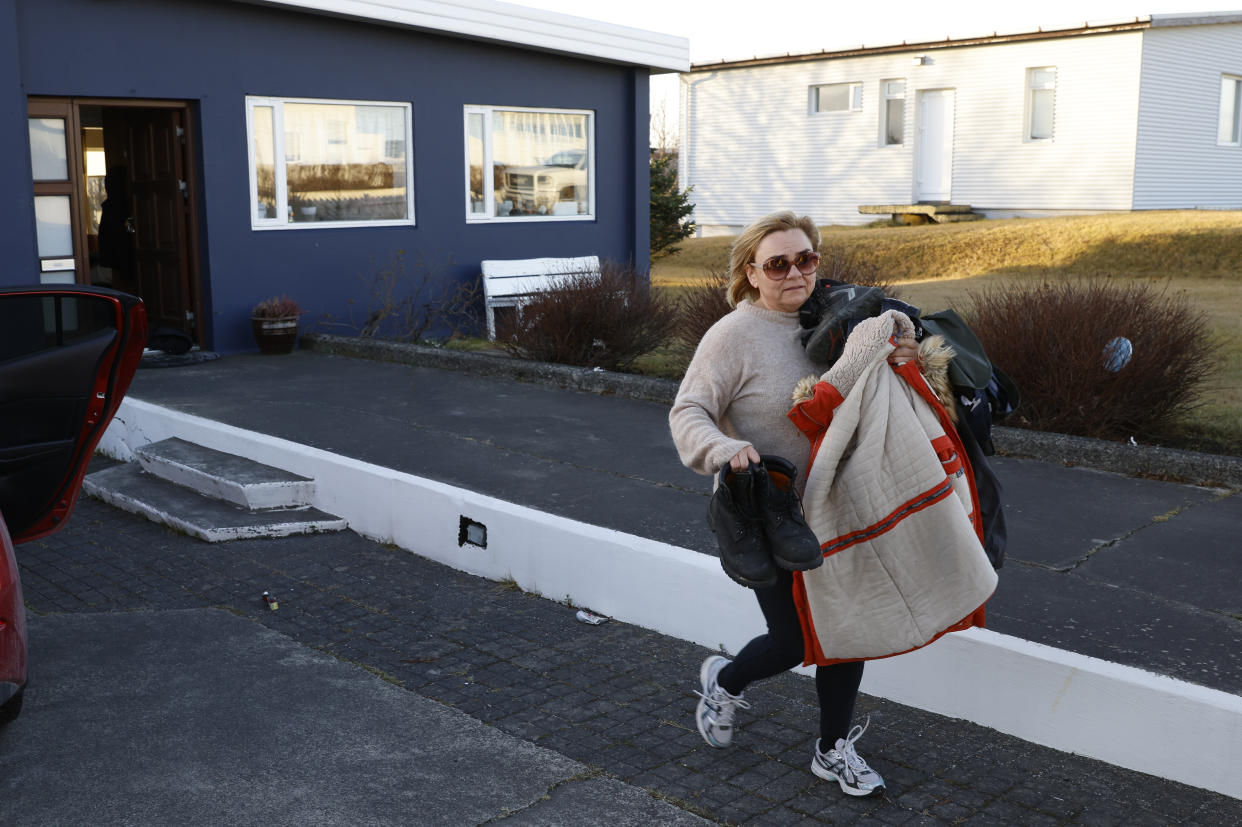
Have any travel warnings been issued?
Three major roads — 42, 43 and 425 — that connect Grindavik to other areas have been temporarily closed as a precautionary measure.
No flights have been affected as of Tuesday. However, Grindavik is located roughly 40 miles from Iceland’s capital Reykjavik, and less than 20 miles from the country’s only international airport, Keflavik.
A popular tourist attraction, the Blue Lagoon geothermal spa, has been temporarily closed.
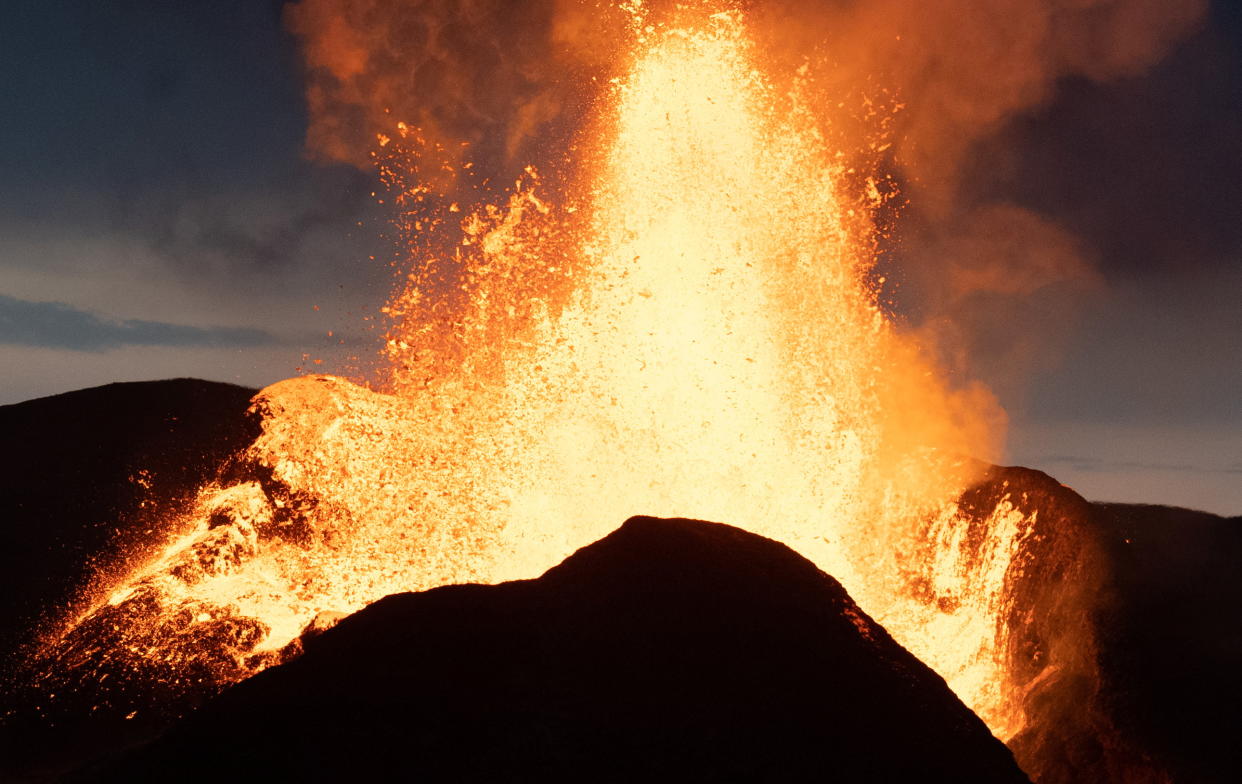
When was the last major volcanic eruption?
“The last time eruptions like this occurred in this area was circa 800 years ago, when the area was sparsely populated,” McGarvie said.
The Reykjanes Peninsula has experienced a relatively small eruption every year for the last three years — all three occurred far from residential areas. The last volcano in Iceland to cause international mayhem was when Eyjafjallajökull erupted in 2010. A huge ash cloud that blew five miles into the sky grounded flights across Europe, forcing its airspace to shut down.
